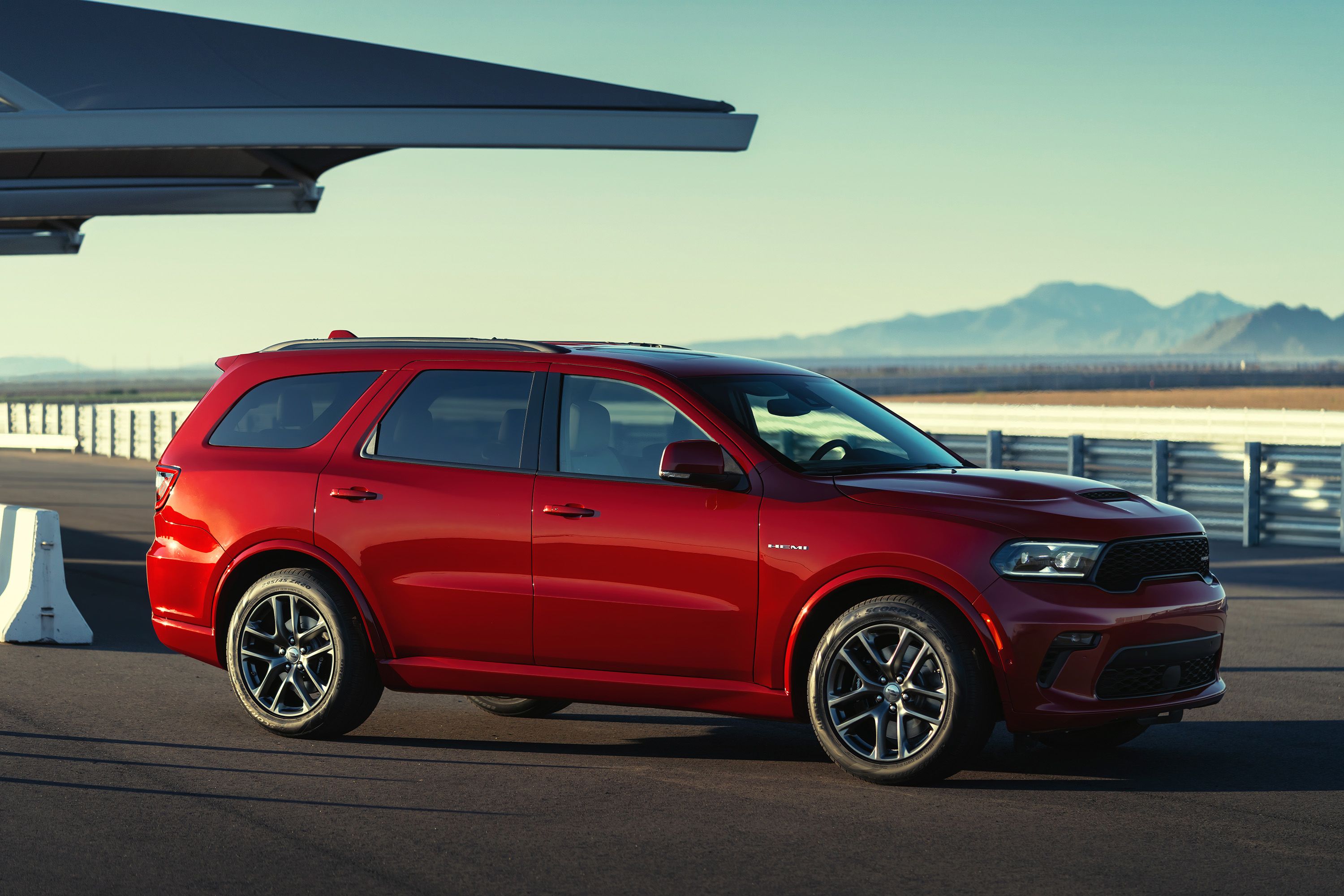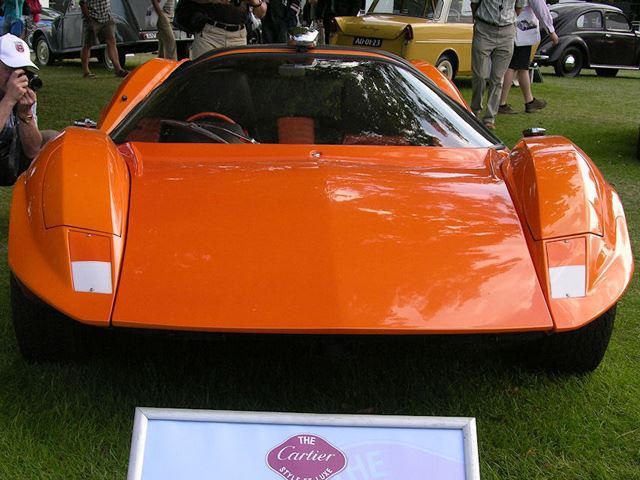
You might know this car better as the Durango 95. Not to be confused with the Dodge Durango, Durango 95 was the fictional name given to the car when it appeared in Stanly Kubrick's film adaptation of "A Clockwork Orange" in 1971, long before the Dodge SUV existed. It was stated by the designer that the shape of the car was inspired that of the female form, and no matter what extent to which this is true, it was a genuinely outrageous design.
This would become the Probe 16 in 1969, a car which managed to at least briefly capture the public's imagination. When the Probe 16 was shown at the London Motor Show in 1969, it won an award for its futuristic design, and would go on to famously grace the cover of The Daily Telegraph Magazine in October of the same year. The car was used by Stanley Kubrick in his 1971 film "A Clockwork Orange", which depicts a grim vision of the future of Britain. As anyone who has seen the film will testify, the Probe 16 fit seamlessly with Kubrick's futuristic, nightmarish dreamscape.
The design of the car from the A-pillars back was said by Adams to be inspired by a woman's waist and buttocks. The car is also incredibly low, with a roofline that measures just 34 inches tall. And people say the GT40 was difficult to get into. In fact, the car is so low that it has no doors. Instead, when the key is turned, the roof would slide open with the assistance of an electric motor. This was the late Sixties, after all, and the counter-culture attitude which had been so prevalent in so much of the western world had had a sexual aspect to it which had given many automotive designers the encouragement to make more overtly sexual cars.
The Probe 16 is not the first Sixties car in this series, and it won't be the last. In fact, just two years after the Probe 16's debut at the London Motor Show, TVR used the show as an opportunity to drape its cars in completely nude models as a very effective means of grabbing publicity. The Adams Probe 16 never really got off the ground, and only three were actually built. For all its futuristic (for 1969) looks, the car was actually fairly primitive. It was powered by a carbureted 1.8-liter Austin engine, and the chassis was made out of wood.
Neither did it really have an interior to speak of, although this would probably have been changed if production had ever really gotten underway. The model was nearly forgotten completely by the Eighties, and chassis number AB/2 was abandoned on the side of the road in California once after a breakdown and was towed to an impound yard. It was bought for $200 (plus $20 in impound fees) and has now finally been restored. You might have seen the car that appeared in "A Clockwork Orange" in a 2008 episode of Top Gear, where it was shown as little more than a fiberglass shell and some boxes of rusted parts.
Thankfully, this too has since been restored, and the last known restoration of the third car was carried out in 1979. There are plenty of fairly impractical cars out there, but one too short for doors was always going to be a hard sell, no matter how sexualized it was. The supercar impracticality might have been more easily forgiven if it also offered supercar performance, but it very much did not. Nevertheless, the Adams Probe 16 is an interesting piece of automotive history, and one which really says a lot about where the industry was at the time.

